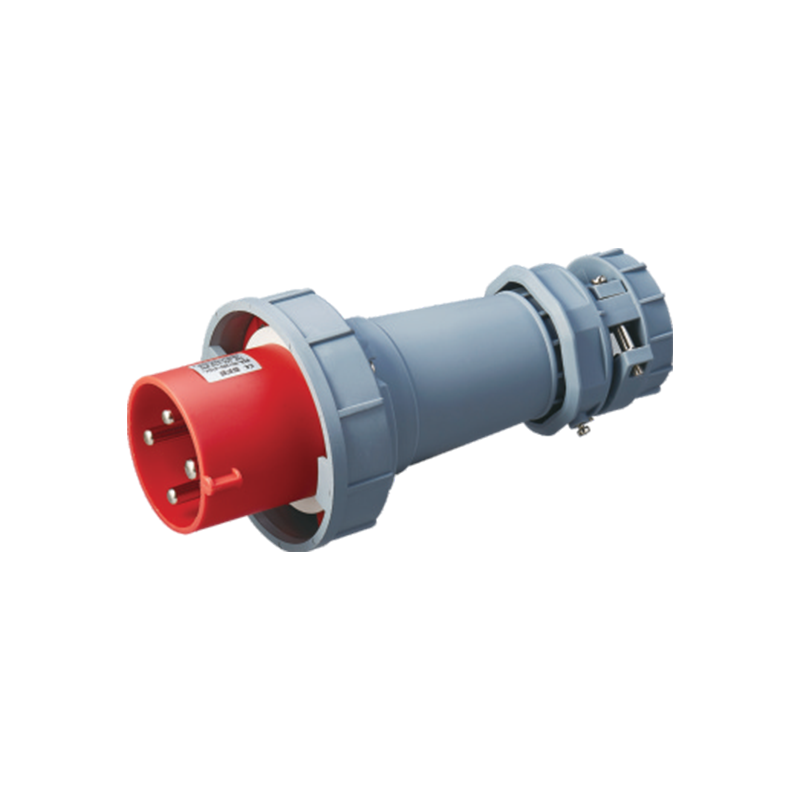Address: No. 199, Weiwu Road, Yueqing Economic Development Zone, Zhejiang Province, China.
In today's interconnected world, electrical plugs are essential for powering a myriad of devices across various environments. Their design is influenced by numerous factors, including safety standards, usability, and the specific requirements of different settings. This article explores how electrical plugs are tailored for diverse environments, focusing on multi plug power solutions, electrical contact connectors, and outdoor electric plug sockets.
Understanding Electrical Plugs
Electrical plugs serve as the interface between the power supply and the devices we use daily. They facilitate the transfer of electricity while ensuring safety and reliability. The design of these plugs is critical, especially when considering their application in varied environments such as homes, offices, industrial settings, and outdoor locations.
Multi Plug Power Solutions
One innovative design in the electrical plug market is the multi plug power solution. These plugs are engineered to accommodate several devices simultaneously, making them particularly useful in environments where multiple appliances need to be powered. Multi plug systems often feature multiple sockets that can handle different voltage and amperage levels, allowing users to connect various devices without the need for multiple outlets.
The versatility of multi plug power solutions also enhances convenience in compact spaces, such as small apartments or offices where outlet availability is limited. Furthermore, these plugs can include surge protection features to safeguard connected devices against power fluctuations. The ability to power multiple devices from a single source is a significant advantage, reducing clutter and optimizing space.
The Role of Electrical Contact Connectors
At the heart of any electrical plug is the electrical contact connector. These connectors are responsible for establishing a secure and efficient connection between the plug and the socket. The design of electrical contact connectors varies based on the intended use of the plug. In residential settings, connectors are typically designed for ease of use and compatibility with standard outlets. However, in industrial or commercial applications, connectors may be more robust, and capable of handling higher currents and voltages.
Moreover, electrical contact connectors are engineered to ensure durability and reliability. For instance, connectors used in outdoor electric plug sockets must be resistant to corrosion and environmental factors. Materials such as brass or gold plating are often used to enhance conductivity and less wear over time. The design also includes features to prevent accidental disconnection, which is crucial in environments where equipment must remain powered continuously.
Outdoor Electric Plug Sockets
Outdoor electric plug sockets represent a unique challenge in electrical plug design. These sockets must withstand various environmental conditions, including rain, snow, and temperature fluctuations. Therefore, their construction is typically more robust than that of standard indoor sockets.
When designing outdoor electric plug sockets, several key features are considered. one, they often include weatherproof casings that prevent moisture from entering the electrical components. This design is crucial for preventing short circuits and ensuring user safety. Additionally, outdoor sockets may feature protective shutters that close when not in use, further safeguarding against water and debris.
Another important aspect of outdoor electric plug sockets is the capacity to handle increased loads. Since outdoor events may require multiple devices such as lights, speakers, and heaters-these sockets are designed to accommodate higher amperages and include safety features like circuit breakers. This ensures that users can power their outdoor equipment without risk of overheating or electrical failure.
Safety Standards and Regulations
The design of electrical plugs, particularly those used in varied environments, must adhere to stringent safety standards and regulations. Organizations set guidelines that manufacturers must follow to ensure the safety and reliability of their products. Compliance with these standards not only protects consumers but also promotes uniformity in electrical infrastructure across different regions.
For outdoor plugs, additional safety measures are often mandated, including the use of ground fault circuit interrupters (GFCIs) to prevent electric shock in wet conditions. Understanding these regulations is crucial for manufacturers to ensure that their products are both safe and functional in the intended environment.
The design of electrical plugs is a complex process that takes into account various factors, including environment, safety, and usability. Multi plug power solutions offer versatility and convenience, while electrical contact connectors are essential for reliable connections. Outdoor electric plug sockets require robust design features to withstand environmental challenges. By prioritizing safety and functionality, manufacturers can create electrical plugs that meet the diverse needs of users in different settings. As technology continues to evolve, we can expect further advancements in electrical plug design, enhancing our ability to stay connected and powered, no matter where we are.







